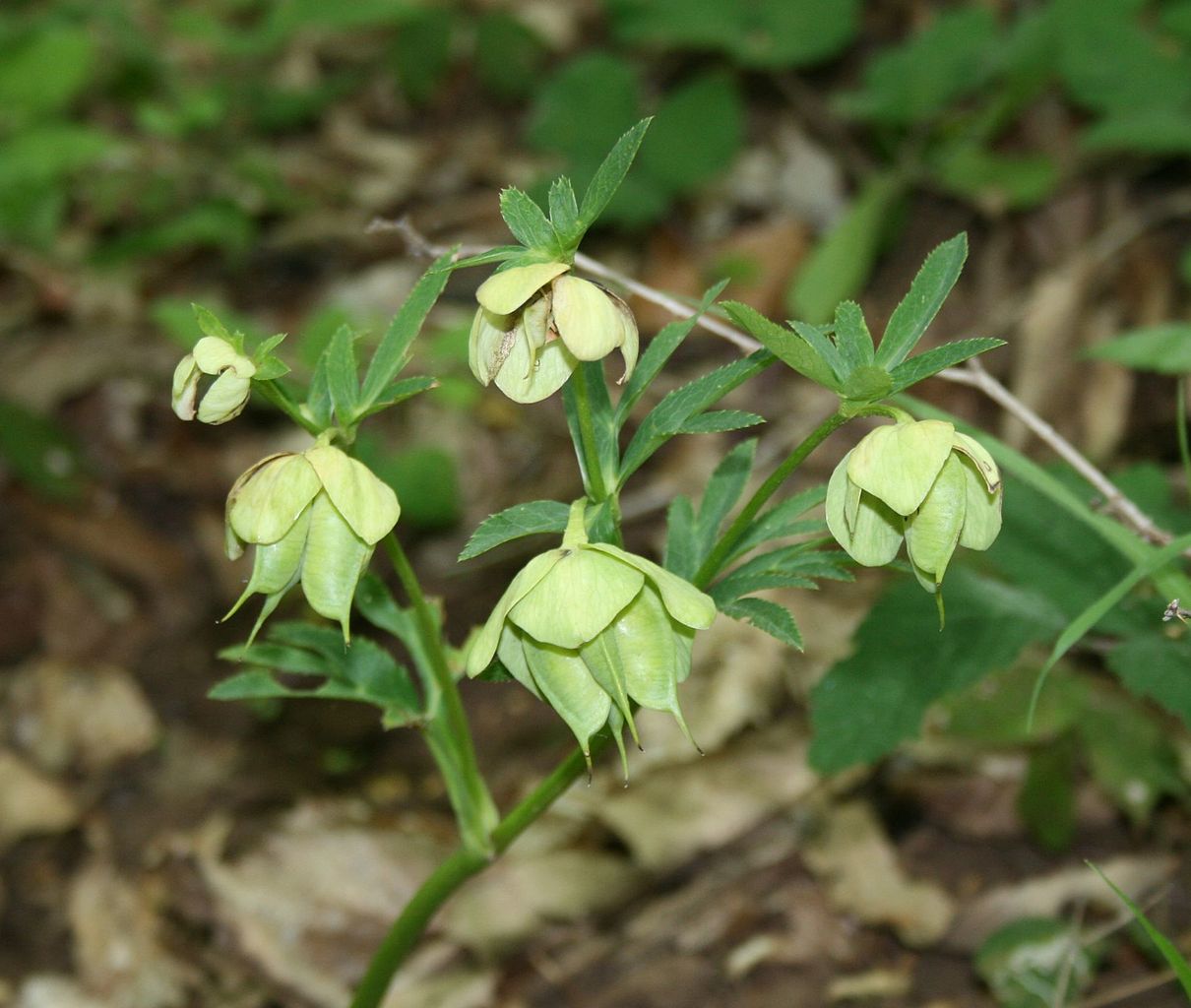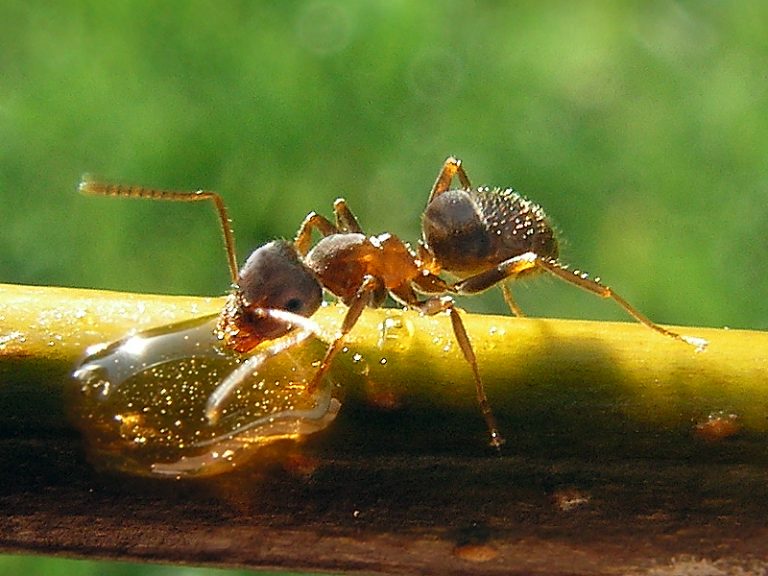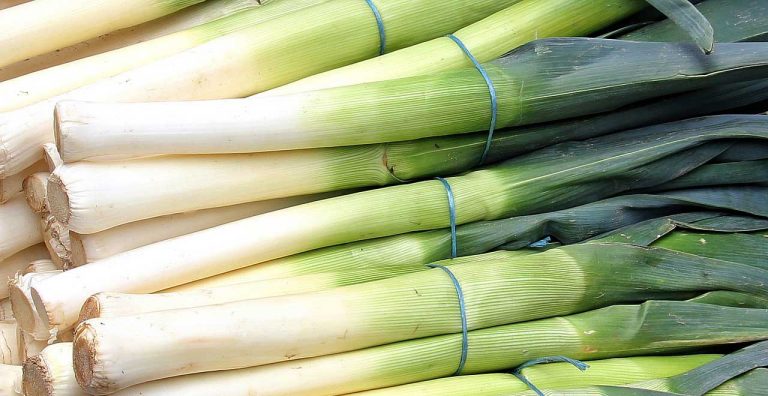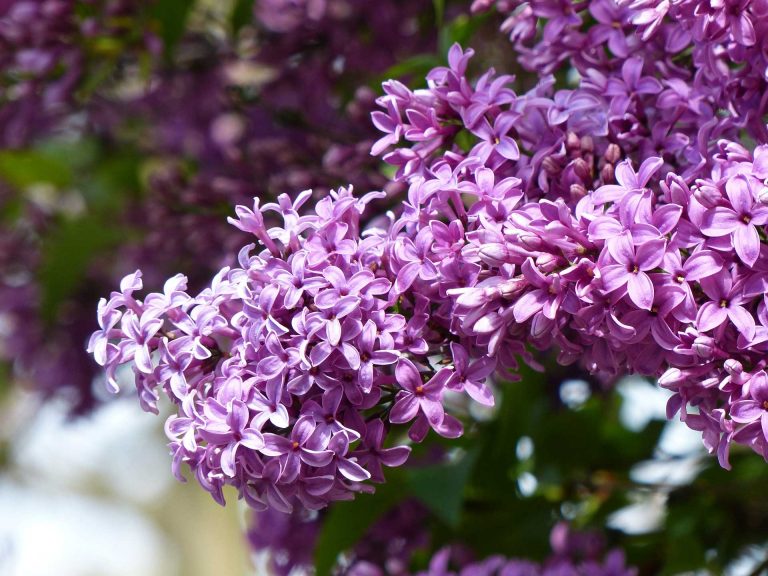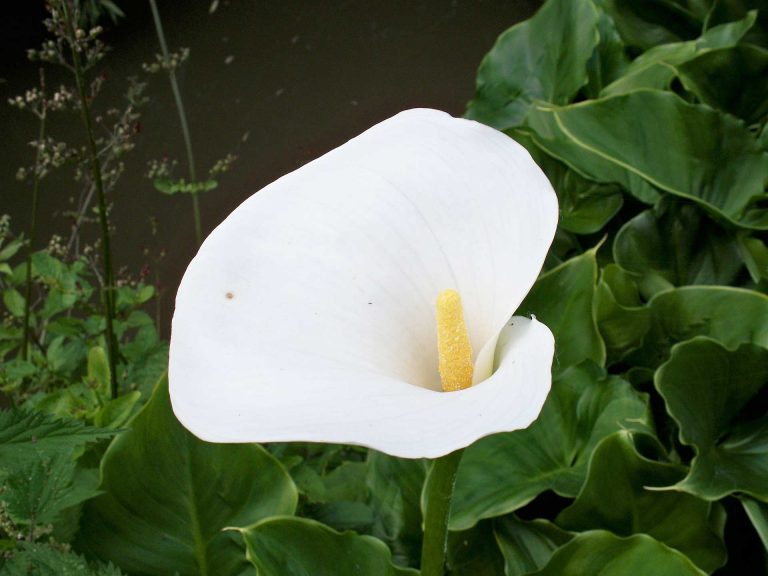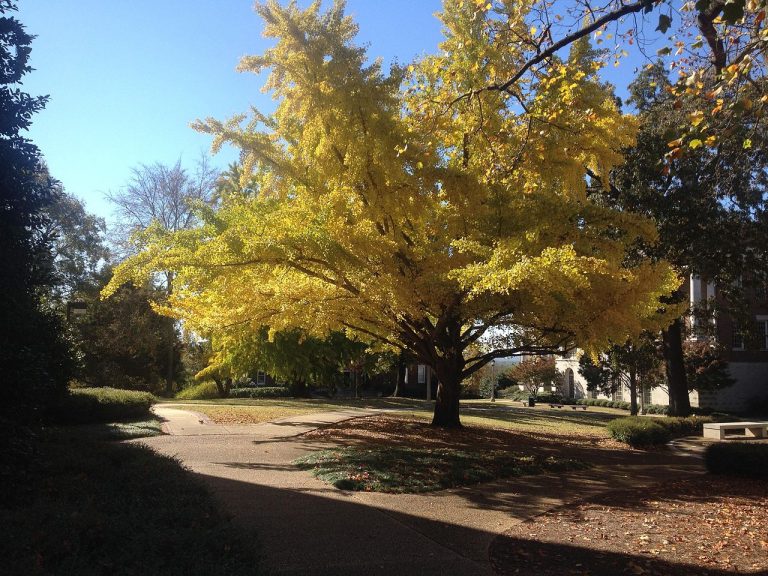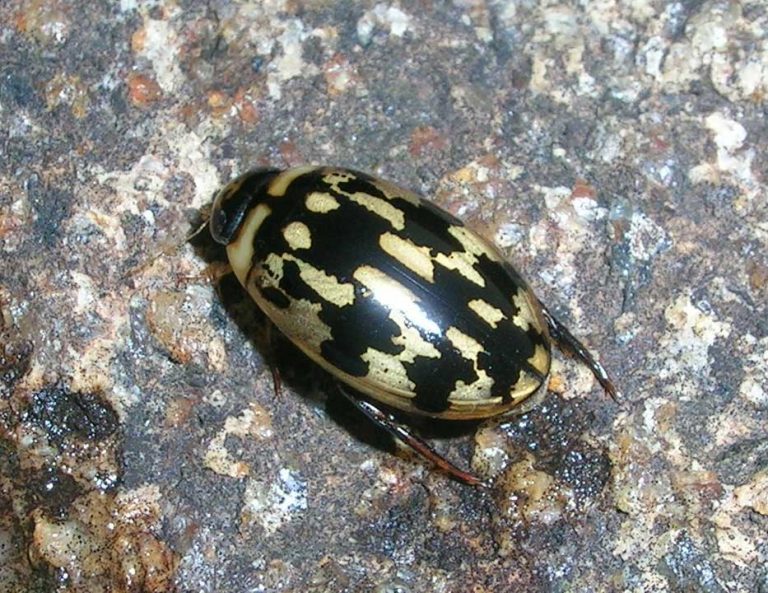Hellebores – Used by the Athenians to Subdue and Conquer the Unsuspecting Citizens of Kirrha
Scientific Classification
| Kingdom: | Plantae |
| (unranked): | Angiosperms |
| (unranked): | Eudicots |
| Order: | Ranunculales |
| Family: | Ranunculaceae |
| Genus: | Helleborus |
Hellebores are members belonging to the genus Helleborus, consisting of around 20 types of herbs or evergreen perennial flowering plants belonging to the Ranunculaceae family. The Helleboreae tribe can boast of deriving their name from the hellebores. A large majority of this type is venomous. Even though they also call this “Lenten Rose”, hellebores have no resemblance to the rose family (Rosaceae).
According to Greek history, in 600 B.C the Athenians under Solon, used the poisonous Hellborus roots as a biological weapon to contaminate a river to subdue and conquer the un-suspecting citizens of Kirrha who drank from it. Anatomy
Hellebores yields white 2” flowers that often turn pink on ageing. The foliage of the hellebore is dark-green to blue-green, saw-like with lobes. The leaves sprout from the base since the stem is not visible above the ground. The Christmas rose plant is 1 ½ feet wide and 1 feet tall. The hellebore Niger gets pollinated on its own. The flower possesses both female and male organs.
How to Cultivate Domestically
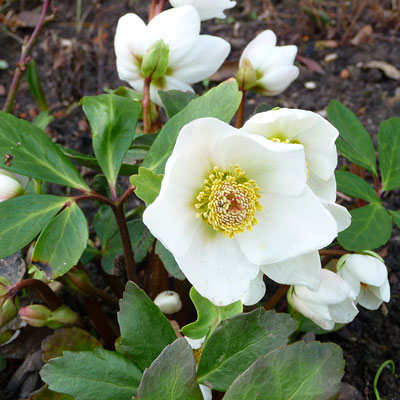
Preparation for Planting
Hellebore plants grow in a soil rich in humus that is moist and properly drained. After every fall, place a 2” layer of mulch of leaf mold or shredded or chipped bark. During the fall, add a good fertilizer pack for systematic fertilizing before the active growth, discard the damaged or dead leaves during the spring. Make use of the garden shear to clear the rotten areas of the plant.
Planting
- Set the bed of your garden of well draining soil in such a place where the plants get partial afternoon shade. Till the bed to a depth of 10” and add a layer of compost to a thickness of 2”over the bed for proper drainage. Supplement with nutrients.
- Prepare holes for planting your Hellebores to a depth equal to the nursery pots in which they are with a little extra width,. In all directions, separate the plants by 12”.
- Holding the stem of the hellebore close to the ground with one hand, use the other hand to release the pot from the soil ball.
- Plant the hellebore in the hole to the very depth it was in the pot. Fill up the hole with soil and with your hand, run the soil right round the hellebore.
- After planting, do thorough watering, so that the air pockets if any will collapse. Water your plants nearly weekly once, every time you water give them 1” of water.
Placement and Watering
Keep away pests like slugs and aphids that are common garden pests from the plant,. Water the hellebores lavishly, in dry climate, water them once or twice weekly.
Flowering Period
The reason for the long flowering duration is because the flowers are full of sepals. The hellebore blossoms from end of winter to beginning of spring. They have life of 3 months.
After Bloom Care
Once blossoming ceases or after the fall, separate the roots; in a few months you see them re-generating on their own. Do not remove the leaves till flowering is over, which means you are taking away the flower buds. In case you snip off a single leaf, you see an ugly stalk about 2 to 3 feet tall flowering at its tip.
As Cut Flowers
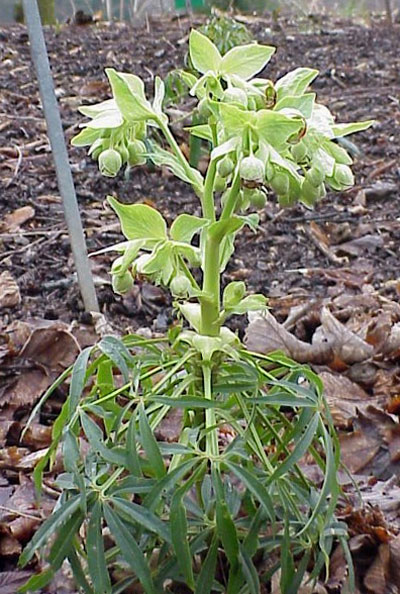
Photo by: Kurt Stueber
Hellebores do good as cut flowers. Just cut off flower heads and let it float in a shallow bowl of water. You can see Hellebores produced in several varieties, extending from hellebores Niger, to hellebore foetidus, to the stinking hellebore and Christmas rose. During winter you see them in a multitude of colors. Few of them flower by December and tolerates complete sunshine to complete shadow.

Having discovered a fondness for insects while pursuing her degree in Biology, Randi Jones was quite bugged to know that people usually dismissed these little creatures as “creepy-crawlies”.

